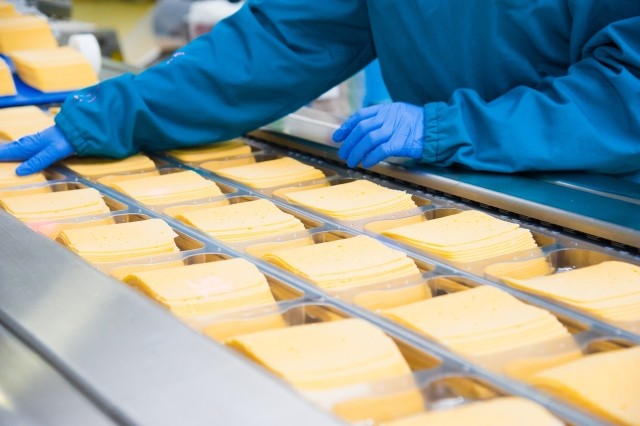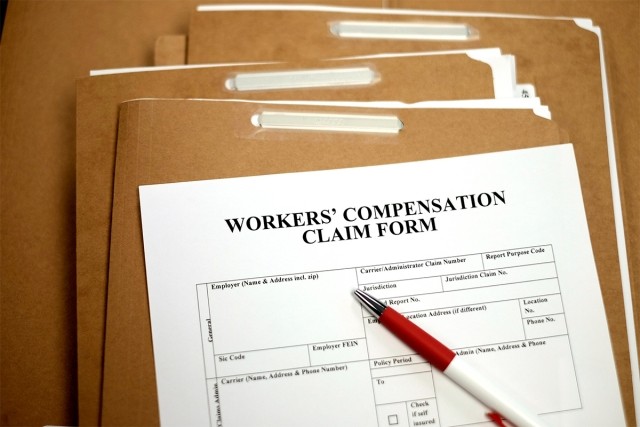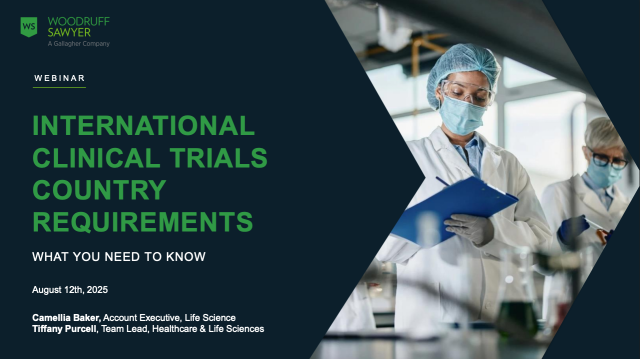Blog
Preparing for the Unexpected: A Product Recall
The risk of a product recall has increased in recent years due to changing global regulatory standards. Contributing factors include geographically widespread supply chains and different manufacturing protocols among nations in that supply chain.
Although stricter product quality requirements and recall regulations benefit consumers, they can pose significant challenges for the manufacturer. Recalls can be required by a regulatory agency (involuntary) or occur when the manufacturer notices a defect and initiates a recall (voluntary). In both scenarios, the recall procedures are expensive.

Some large organizations have the resources to handle the financial impact of a product recall, but many smaller companies do not. Product recall insurance can mean the difference between a company filing bankruptcy or not. This article examines product recall insurance and how coverage can protect you if you face this unexpected and unwelcome event.
What Is Product Recall Insurance?
Product recall insurance is designed to help reimburse you for the costs associated with recalling a defective product that you’ve made or sold. As the manufacturer or merchandiser of said product, you’re responsible for the possible bodily injury or property damage due to its continued use or existence. Standard product liability insurance covers resulting injury and damages but does not cover this exposure due to the "your work/your product” and defect exclusions.
Product recall insurance is helpful for businesses in the automotive, technology, food and beverage, pharmaceutical, and medical device industries. The following types of companies need product recall coverage the most:
- Manufacturers including technology, metal and plastics
- Wholesalers
- Retailers
- Food processors
How Often Do Product Recalls Occur?
In both 2021 and 2022, more than 1 billion units of food, drugs, medical devices, automobiles, and consumer products were recalled in the US. In the first quarter of 2023 , that the number of product recalls in the US increased 14.2% from the previous quarter.
Increased government intervention and oversight of consumer products are reasons recalls are growing, and we see this trend continuing. For example, product safety requirements for consumer goods like medicine, food, drink, recreational toys and automobiles are becoming more strict, increasing the likelihood of a product recall.
Here are the agencies typically involved in a product recall in the US:
USDA–United States Department of Agriculture
FDA–Food and Drug Administration
CDC–Center for Disease Control and Prevention
FSIS–Food Safety Inspection Services
TTB–Alcohol and Tobacco Tax and Trade Bureau
EPA–Environmental Protection Agency
Also, after various foodborne illnesses in the early 2000s, the Food Safety Modernization Act (FSMA) of 2011 authorized the FDA to mandate a recall event. Local laws can vary, but a product recall usually involves the following steps:
- Maker or dealer voluntarily notifies authorities of their intention to recall a product, or the government requests a product recall.
- Consumer hotlines and other communication channels are established. Serial numbers or batch numbers are often specified.
- Product recall announcements are released on the respective government agency's website. In some circumstances, publicity will also result in news reports advising of the recall. Consumer groups also notify the public.
- Consumers are advised to return the goods, regardless of condition, to the seller for a full refund or modification. Avenues for compensation will vary depending on the laws governing consumer trade protection and the cause of recall.
Product Recall Cases Through the Years
| 1986 | |
| Excedrin Tampering | A few bottles of Excedrin were poisoned with Cyanide. Two people died, and one recovered in the hospital. A woman was charged and sentenced to 90 years in prison. |
| 2000 | |
| Ford Explorer | Ford handled the recall of 6.5 million Firestone tires fitted to the Ford Explorer |
| 2010 | |
| Maytag | Maytag recalled 1.7 million dishwashers due to electrical failure and fire hazards. |
| 2022 | |
| Costco | Costco recalled 400,000 solar-powered umbrellas after the Li-ion batteries would overheat and ignite. |
How Does Product Recall Insurance Work?
Product recalls can be costly to manage. Sometimes, a business may have to shut down or declare bankruptcy because of it. As product recalls become more frequent, having the right type of insurance can help protect your business if it happens to you.
Here are some of the situations that would trigger product recall:
- Accidental contaminations
- Mislabeling and undisclosed allergens
- Malicious product tampering
- Product extortion
- Product refusal by the customer (due to a claim of a foreign object, damage, or other issue with the product)
Your loss under a product recall policy includes only the reasonable and necessary expenses or costs you incur directly and solely in connection with a covered recall event and is subject to the policy's liability limits. Product recall policies typically cover the costs for:
- Crisis consultation services
- Pre-incident consultation/planning services
- Financial loss due to business interruption/extra expense
- Destruction of the damaged product
- Insured product extortion
- Pre-Recall product inspection, sorting and testing
- Recalling the product itself
- Redistribution of the replacement product
- Rehabilitation of your brand and reputation
Replacement of Goods
Covered losses are typically limited to expenses incurred within 12 months of when the product recall first became known to the insured. Following are examples of covered losses:
- Recall Costs: notification costs, transportation costs, warehouse costs, additional personnel, employee overtime, travel, disposal costs (product), customer fees, disposal of product administration fees and lost margin.
- Rehabilitation Costs: transportation, raw material expediting, customer slotting, coupons, advertising, manufacturing, etc.
- Lost Revenue: due to lost sales and extra expense, cleaning machinery, consultants, legal fees, and pre-recall lab testing.
Get Prepared: Product Recall Mitigation Strategies
Although product recall insurance can help your company handle this unwelcome event, the best thing for all concerned is to prevent a recall from happening in the first place.
We recommend that you work with your broker consultant and an industry consultant proactively to develop procedures and documentation around the following:
- Product handling
- Product testing
- Product retrieval
- Public relations
- Media releases
- Customer notifications
Keeping clear records of your manufacturing and distribution procedures because you'll need to provide the following information to your carrier:
- Insured entity on the policy
- Type of product(s) involved
- Policy number
- Reason for recall
- Cause of contamination
In the event of a recall, the following are some of the actions you’ll need to take. Keep these things in mind and proactively prepare by establishing protocols, resources and designated staff to work on these activities:
- Identify scope of the issue with regards to the product(s) being recalled
- Collect documentation
- Identify experts required for investigation and facilitate a site investigation
- Segregate affected products in your control
- Prepare a press release
- Notify the regulatory body as well as customers/distributors
- Control and dispose of recalled products
- Remedy the cause of the recall
In addition, we recommend that your finance department create a project code for any expenses that may be associated with repairs and payroll related to the claim, for ease of tracking expenses and evaluation later.
There is no getting around it. A product recall is a stressful experience for any manufacturer. However, forethought and advance preparation will help you handle the situation in the most efficient way possible.
If you have questions about product recall insurance and the protection it can offer your company, please contact your Woodruff Sawyer representative.
Author
Table of Contents













